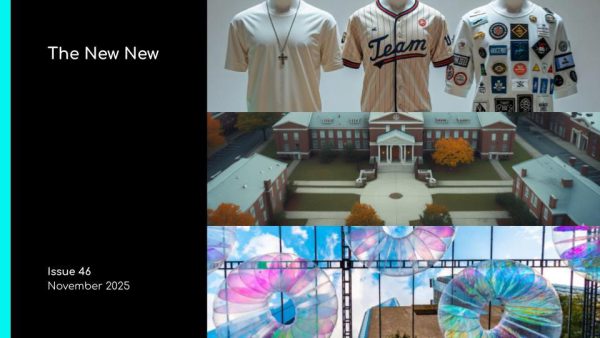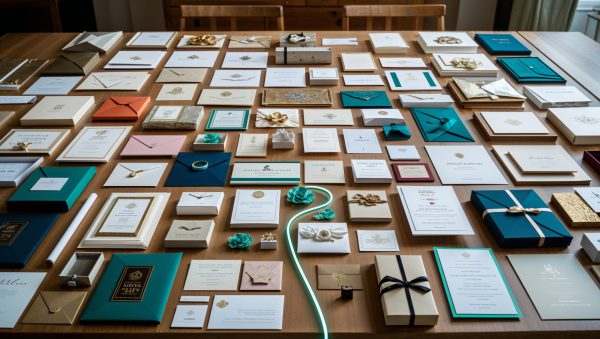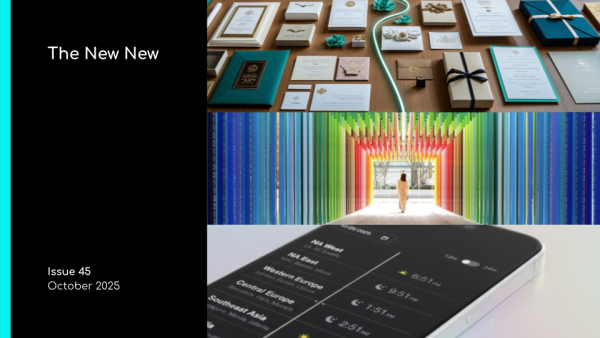Material innovations are transforming taste and touch in brand experiences.

Call it a byproduct of the multi-sensory movement, as material innovations like edible signage, conductive ink and flexible batteries are allowing consumers to experience your brand in ways that leaves a lasting impression. Your consumer at home remembers what your brand tasted like. Your event attendee, remembers what your show felt like long after the curtain went down.
The overarching trend in this space: edible everything. Volkswagen was an early innovator in with a piece of direct mail called “Eat the Road” that readers could literally tear out of a magazine and consume (it was made of propylene glycol). And then came JetBlue, which promoted the various tasty snacks onboard its flights with an edible ad in the New York Post that tasted like potato chips. Videri Chocolate Factory in Raleigh, NC, this month celebrated its 5th anniversary by creating edible, two pound posters that went up at its factory, and in heavy foot traffic locations like local restaurants, stores, breweries and art galleries.
The insight for marketers is two-fold—fresh material science innovations can transform how attendees interact with signage at an event. Signage that can be eaten, repurposed, and perhaps, not necessarily incinerated after an event. Along this same track is a company called Loliware, featured on ABC’s “Shark Tank,” that produced the first biodegradable and edible cups, designed to eliminate waste at events, festivals, transform sampling and more.
Beyond edible engagements, conductive ink is directly linking consumers to an experience. Like MIT Media Lab’s DuoSkin prototype that turns stylish gold leaf temporary tattoos on your arm into an interface that can control devices. And flexible batteries, which Panasonic developed, could transform our wardrobes with smart clothing that could turn each of your attendees into a walking live-wired hot spot.






